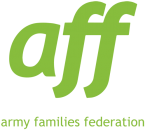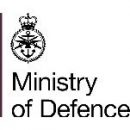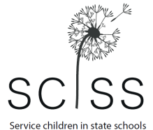UCAS Fair Access Snapshots published featuring new data focused on students from UK Armed Forces Families
Posted in News
UCAS have released their Fair Access Snapshots this month, shedding light on the experiences of underrepresented groups of students accessing higher education, including those from UK Armed Forces Families.
The Fair Access Snapshots draw together valuable data from the UCAS application cycle, providing an at-a-glance overview of the data from key target groups. The data is intended to help higher education (HE) providers connect students to the right support, but also to provide the sector with valuable insights into groups of students about whom there was previously minimal information.
This is the first snapshot featuring students from UK Armed Forces Families, using data from the new tick box introduced for the 2023 application cycle. The snapshot revealed that 20,075 students from Armed Forces Families applied to higher education via UCAS in 2023, with 16,010 securing offers, representing 3.3% of UK accepted applicants.
Access the report here.
Phil Dent, SCiP Alliance Director commented:
I am delighted to see UCAS contributing to our understanding of the lives and choices of the children of serving and ex-Armed Forces personnel. This first ever Fair Access Snapshot is a welcome step in large-scale data analysis for this remarkable group of students, who bring a wealth of unique experiences and considerable assets to their higher education studies and institutions.
We are still in the early days of research and allied support for Service children, but there are some helpful indicators here for universities looking to help them thrive. The greater likelihood for Service children to identify a mental health condition or disability echoes prior research, so providers – and the wider Armed Forces support community – would do well to take note. However, a defining feature of the cohort is the diversity of their experiences resulting from the complex inter-play of highly individual patterns of school mobility, separation from parents and transition from military to civilian life.
For this reason, the exploration of intersectionality in this Snapshot is not only important, it is a necessary part of getting under the skin of cohort-level insights. For Service children especially, it will be important to investigate multiple intersectional characteristics to effectively target support at this big data level and to engage at an individual level to deploy solutions that are meaningful to each student’s personal circumstances.
The most effective student support will reflect this personalisation. It will ensure that Service children feel able to access and inform the help on offer, that they belong in the university community, and that while their Armed Forces family background does not define them, it is respected and their unique experiences are both valued and understood.

































